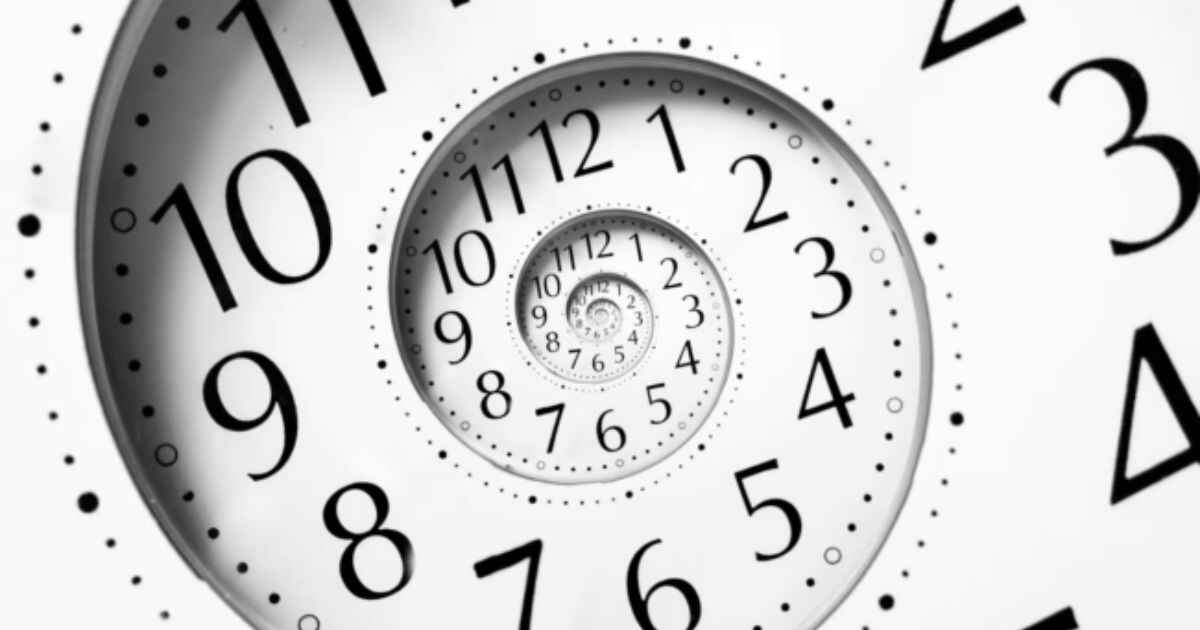
How many times in a year?
How many times in a year?
How many in a year is the question about a year’s minutes, hours, seconds, etc. The length of a common year in this calendar is 365 days, 8784 hours, 527040 minutes, or 31622400. The length of the leap year is 366 days, 8784 hours, 527040 minutes, or 31622400. Time is a captivating enigma woven throughout a vast canvas of existence marked by the rhythmic ticking of seconds and the changing of seasons. About how many time in a year we wonder, caught in the delicate dance between the mundane and the extraordinary. The objective of this exploration is not only count the occurrences. But to comprehend the essence of every fleeting moments that adds depth to our lives.
The Essence of Time:
Understanding Chronology of Time:
Time is a fundamental aspect of our existence, influencing our daily lives in profound ways. So we will explore the concept of chronology and how it structures our experiences. Timetable is the knowledge of detecting historic procedures in time. It relies upon chronometry which is also recognized as reliable and historiography. So it examines the writing of history and the use of historical methods. Sequencing, events, stories, pictures, and periods over time show how different times relate to each other. And underwrite to a lucid consideration of the previous. You do not have to teach topics in chronological order.
The Gregorian Calendar:
Delve into the history and mechanics of the Gregorian calendar, the system most widely used around the world learn how it dictates our scheduling, festivities, and the rhythm of our lives.
Seasons and Cycles:
Rotation and Revolution of Earth:
Investigate the science behind the changing seasons and the celestial movements that govern them. So unreal the mysteries of earth’s rotation and revolution and their impact on the calendar. Rotation refers to an object’s spinning motion about its axis. And Revolution denotes the object’s detour motion about another article. So Earth rotates on its around producing the 24-hour day. and Earth revolves about the Sun, producing 365 days a year.
Cultural Perspective on Time:
Compare different cultures’ perceptions and celebrations of time. To understand how societies sign off a year from New Year’s celebrations to ancient rituals. And Western cultures including some parts of East Asia. So such as Asia tends to measure their time by the clock. And time is very important for everybody because time is not waiting for anyone.
Quantifying Time:
Seconds, minutes, and Hours:
Break down time into its basic units, beginning with the smallest seconds. And progressing to the larger units such as minutes and hours. So get a better understanding of what we measure daily. We know that a Second is the smallest and 60 seconds make one minute. So minutes is the another unit and 60 minutes makes one hour. And hours are the third unit and 24 hours consists of 1 day. So this is the brief introduction of seconds, minutes, and hours.
Days and Weeks:
The importance of Days and Week are explored. The root of the 7 days is to make the week from a historical and cultural perspective. So we should understand how these units structure our daily activities. And this brief introduction of Days and Weeks.
Special Occasions:
Birthday and Anniversaries:
Enjoy the celebration of life and love as we explore the importance of birthdays and anniversaries. So we can gain a deeper understanding of time by studying personal milestones. A birthday is the day someone when he born and this is the day his life starts. So people celebrate their Birthday occasion very happily and enjoy their time. As well as anniversaries is the completion of one year on anyone relationship. So this is the time for someone to enjoy his life and do some extra activities. They have parties, go on trips, and also go to restaurants to celebrate this day.
| Types of Limestone |
| Limestone Commercial Real Estate Houston Photos |
| Limestone Commercial Real Estate Houston Reviews |
| Munici: A Complete Urban Guide |
| Passenger Clothing |
| Skin Illumination Meaning |
Seasonal Festivals:
Enjoy the festival events throughout the year, from spring festivals to winter festivals. So find out where these joyous occasions originated culturally and historically. And Eid is the best seasonal festival for the Muslims.
Conclusion:
When we inquire into the questions, how many times in a year do we discover the complexity of annual rhythms? So every moment in our lives weaves a unique thread in the rich tapestry of our existence, from the changing season to the accomplishment of an important milestone. Time is ephemeral, and we embrace its cyclic nature every tick of the clock becomes a costly part. The objective of this exploration is not only to count the occurrences. But to comprehend the essence of every fleeting moment that adds depth to our lives. So we know the importance of time and how it is spent very fatly. And time is not waiting for anyone so always give it importance.

